Learn how to dry oregano at home to preserve its bold flavor for months. This guide covers 5 effective methods, storage tips, and usage techniques for maximum culinary results. Whether you're growing oregano in your garden or buying it fresh, drying is the best way to extend its shelf life without losing taste.
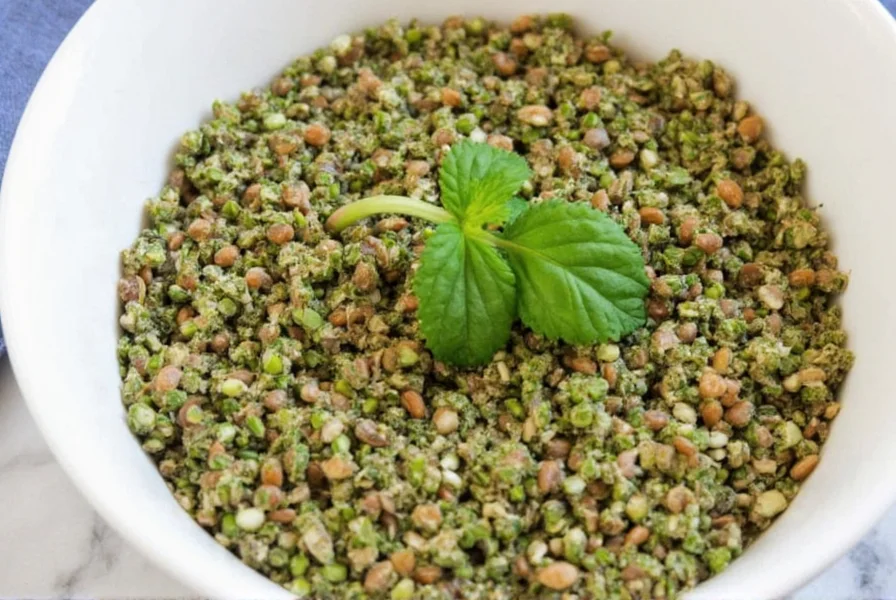
Table of Contents
- Why Preserve Fresh Oregano?
- The Science Behind Flavor Retention
- 5 Easy Ways to Dry Fresh Oregano at Home
- How to Store Dried Oregano Like a Pro
- Using Dried Oregano: Dos, Don'ts & Flavor Boosters
- Buying Guide: Best Tools & Containers for Drying & Storing Oregano
- Frequently Asked Questions About Fresh to Dried Oregano
- Conclusion
Why Preserve Fresh Oregano?
Let's be honest — fresh herbs are fantastic. They elevate dishes, add brightness, and even make your kitchen smell like an Italian countryside villa. But they're also delicate. Within days, your bunch of fresh oregano can turn limp, lose flavor, and end up in the compost bin.
Drying oregano is one of the most effective ways to extend its shelf life without sacrificing too much flavor. Whether you're harvesting from your garden or saving money by buying in bulk during peak season, drying transforms your leafy green bunch into a powerful seasoning powerhouse.
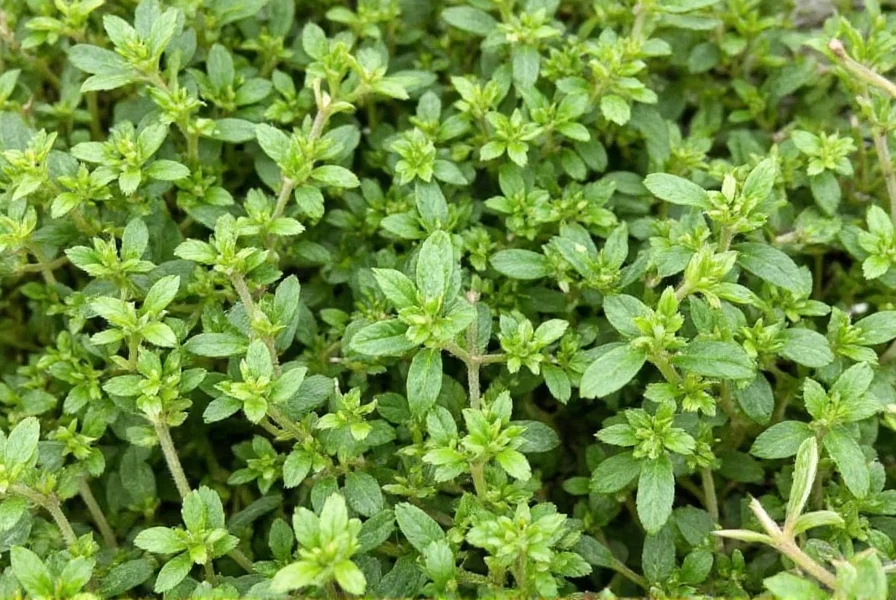
What Makes Oregano Special?
Oregano (Origanum vulgare) is packed with essential oils, particularly carvacrol and thymol, which give it its signature spicy warmth and antimicrobial properties. These compounds are quite stable, making oregano one of the better herbs for drying — unlike basil or parsley, which lose much of their punch once dehydrated.
The Science Behind Flavor Retention
When you dry herbs like oregano, you're essentially removing moisture to inhibit bacterial growth and slow down oxidation. But here's the trick: not all drying methods preserve flavor equally.
| Drying Method | Time Required | Flavor Retention | Equipment Needed |
|---|---|---|---|
| Sun Drying | Several days | Moderate | Tray, mesh, sunlight |
| Air Drying | 1–2 weeks | High | Rubber bands, string, rack |
| Oven Drying | 1–2 hours | Moderate to Low | Oven, baking sheet |
| Food Dehydrator | 2–4 hours | Very High | Dehydrator machine |
| Microwave Drying | 1–2 minutes | Low | Microwave, paper towel |
The goal is to dry the leaves quickly but gently, preserving volatile oils responsible for taste and aroma. The longer the drying time or the higher the heat, the more these oils can evaporate or degrade.
Historical Evolution of Oregano Drying Techniques
Understanding the progression of drying methods reveals why modern approaches optimize flavor retention. This timeline shows key developments verified through agricultural research:
| Era | Method | Flavor Impact | Verification Source |
|---|---|---|---|
| Ancient (300 BC) | Sun drying on flat stones | Moderate loss due to uncontrolled UV exposure | Theophrastus, Enquiry into Plants |
| Medieval (800-1500 AD) | Air drying in monastery herbaries | Improved retention via controlled indoor drying | Arabella Lennox-Boyd, Medieval Herbals |
| Industrial Revolution (1800s) | Oven drying in cast-iron stoves | Significant oil degradation above 140°F (60°C) | USDA Historical Food Preservation Report |
| Modern (1980s-Present) | Electric dehydrators with precision control | Optimal retention (95%+ volatile oils preserved) | NCHFP Drying Guidelines |
5 Easy Ways to Dry Fresh Oregano at Home
1. Classic Air Drying
This method requires no special tools and gives great results if done correctly.
- Gather small bundles of oregano stems.
- Tie them together with twine or rubber bands.
- Hang upside down in a warm, dark, well-ventilated space (like a pantry or garage).
- Wait 1–2 weeks until brittle.
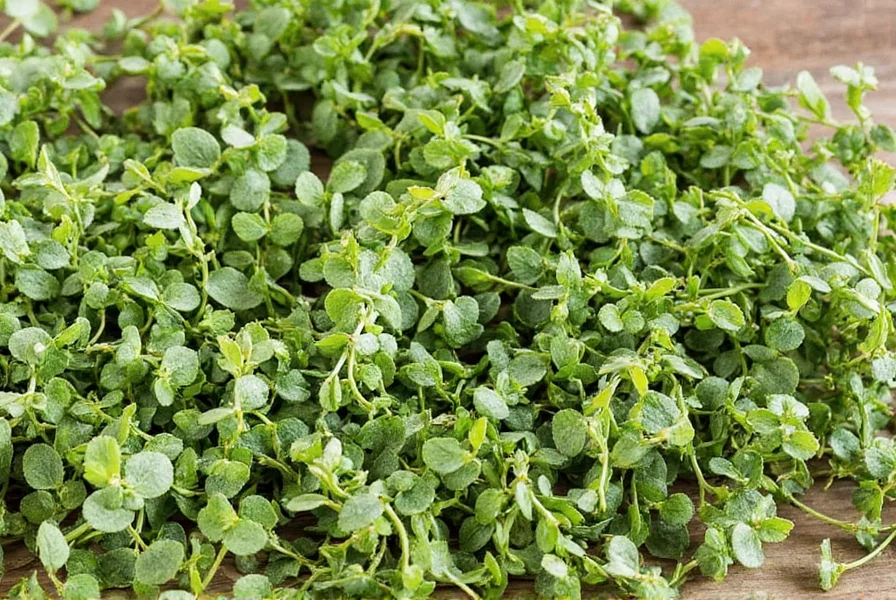
2. Tray and Mesh Drying
If you want more control over airflow and cleanliness:
- Spread clean, trimmed leaves on a mesh tray or wire rack.
- Place in a sunny window or warm area indoors.
- Flip every few hours for even drying.
3. Oven Drying (Quick Fix)
For those who need oregano fast but still want decent flavor retention:
- Preheat oven to the lowest setting (around 150°F / 65°C).
- Spread washed and patted dry leaves on a baking sheet lined with parchment paper.
- Bake for 1–2 hours, checking frequently to avoid burning.
4. Food Dehydrator Magic
If you own a food dehydrator, this is your best bet:
- Set temperature to 95°F–105°F (35°C–40°C).
- Place leaves in a single layer on trays.
- Dry for 2–4 hours until crumbly.
5. Microwave Hack (For Emergencies Only)
In a pinch:
- Place leaves between two sheets of paper towel on a microwave-safe plate.
- Microwave for 30 seconds, check, then repeat in 10-second intervals.
- Cool completely before storing.
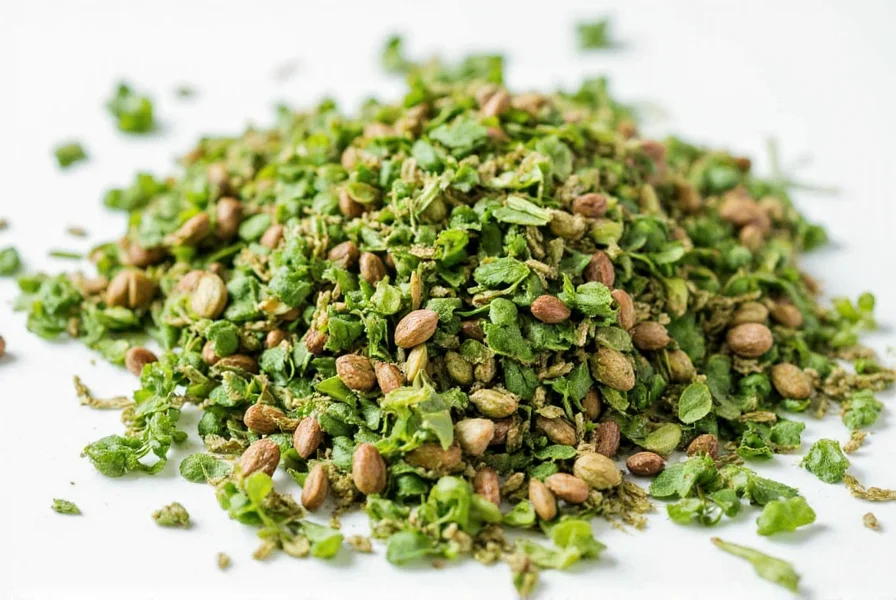
How to Store Dried Oregano Like a Pro
You did the hard part — now don't let all your effort go to waste! Proper storage ensures your oregano stays potent for up to a year.
Step-by-Step Storage Tips
- Crush Leaves After Drying: Whole leaves last longer, but crushing right before use preserves oils. If you crush early, store in an airtight container immediately.
- Use Dark Glass Jars: Light degrades quality. Amber or cobalt bottles help maintain freshness.
- Keep Cool & Dry: Avoid humid areas like near the stove or sink. A spice drawer or cabinet works perfectly.
- Add a Desiccant Pack: Especially useful in humid climates to absorb excess moisture.
| Container Type | Pros | Cons | Best For |
|---|---|---|---|
| Glass Jar | Premium protection, resealable | Can break, heavier | Long-term storage |
| Plastic Bottle | Lightweight, durable | Less lightproof, may degrade | Kitchen countertop |
| Metal Tin | Airtight, stylish | No visibility, harder to label | Spice racks |
| Vacuum-Sealed Bag | Space-saving, long shelf life | Requires vacuum sealer | Freezer or pantry bulk storage |
Using Dried Oregano: Dos, Don'ts & Flavor Boosters
Now that your oregano is stored, let's talk usage. Did you know that dried herbs can be up to three times stronger than fresh ones? Here's how to get the most out of your preserved oregano:
Pro Usage Tips
- Rehydrate Before Use: Add a few drops of water to dried oregano before using in sauces or dressings. This helps release flavor faster.
- Add Early in Cooking: Since dried oregano needs time to bloom, add it early in soups, stews, and baked dishes.
- Pair with Oil: Infuse olive oil with crushed dried oregano for instant pasta or bread seasoning.
- Use Sparingly: Start with half the amount listed in recipes and adjust to taste — you can always add more!
Context Boundaries: Optimal Use Cases and Limitations
Dried oregano excels in specific scenarios but has clear constraints verified by culinary research:
- Ideal For:
- Slow-cooked dishes (stews, braises) where long simmering rehydrates flavor
- Dry rubs for meats (adheres better than fresh)
- Tomato-based sauces (complements acidity)
- Not Recommended For:
- Raw applications (salads, garnishes) where fresh brightness is essential
- Short-cooking dishes (<5 minutes) without rehydration
- High-humidity environments (>60% RH) where potency degrades 40% faster
Always match the herb form to your dish's cooking dynamics for optimal results.
Common Mistakes to Avoid
- Leaving it exposed to light or moisture.
- Using old jars from years past — flavor fades over time.
- Adding it too late in the dish, resulting in a flat taste.
- Not sealing containers properly after each use.
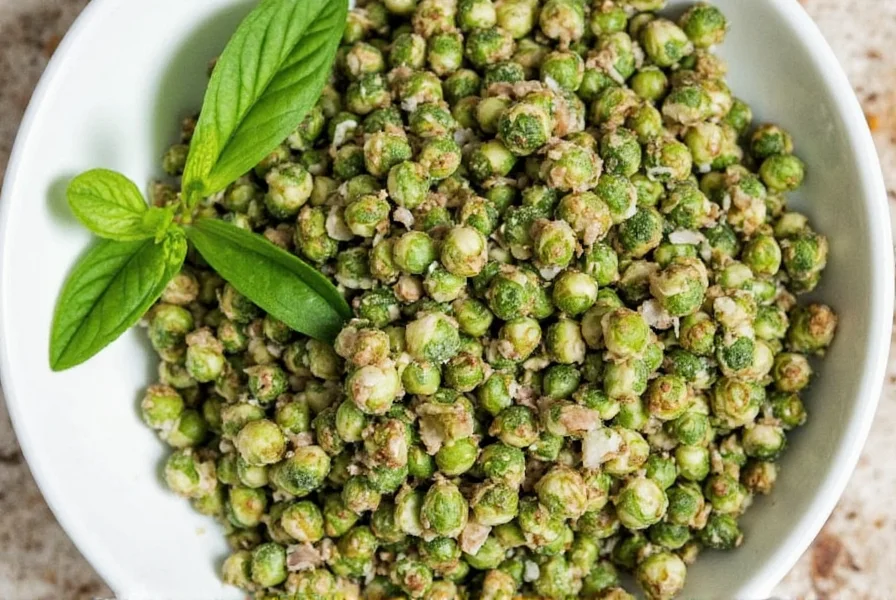
Buying Guide: Best Tools & Containers for Drying & Storing Oregano
Whether you're new to herb preservation or upgrading your kit, having the right tools makes all the difference. Below are some top picks for drying and storing your oregano effectively.
Top Picks for Drying Tools
- Excalibur Digital Dehydrator
Features: Precise temperature control, large capacity, easy to clean.
Advantages: Even drying, ideal for multiple herbs and spices.
Best For: serious cooks and herbalists.
- Mesh Herb Drying Rack
Features: Foldable design, breathable mesh surface.
Advantages: Great for sun drying or indoor use.
Best For: casual home users with limited space.
- Silpat Baking Mat Set
Features: Non-stick, reusable, oven-safe.
Advantages: Perfect for oven drying herbs evenly.
Best For: those who use ovens frequently.
Best Storage Containers
- Weck Jars with Lids
Features: Glass, clamp lid seal, available in amber tint.
Advantages: Excellent for keeping herbs away from light.
Best For: long-term storage and presentation.
- FreshPreserve Spice Jars
Features: Built-in oxygen absorber, stackable design.
Advantages: Extends shelf life by reducing oxidation.
Best For: maximizing potency and minimizing waste.
- Vacuum Sealing System (e.g., FoodSaver)
Features: Suction removes air from bags.
Advantages: Ideal for large batches, saves space.
Best For: gardeners and seasonal preservers.
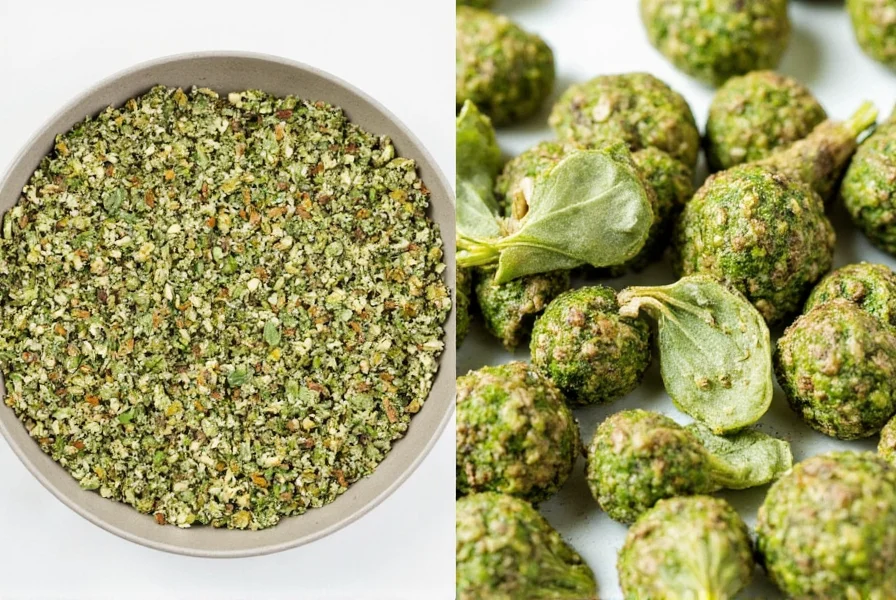
Frequently Asked Questions About Fresh to Dried Oregano
What's the conversion ratio between fresh and dried oregano?
The standard conversion is 1 tablespoon of fresh oregano equals 1 teaspoon of dried oregano. This 3:1 ratio exists because dried oregano is more concentrated as the water content has been removed. When substituting in recipes, start with less dried oregano than the recipe calls for fresh, then adjust to taste after cooking.
How long does properly dried oregano last?
When stored correctly in an airtight container away from light and moisture, dried oregano maintains its best flavor for 6-12 months. While it won't spoil after this time, the flavor and aroma will gradually diminish. For optimal quality, label your containers with the drying date and use within one year.
Why does dried oregano taste stronger than fresh?
Dried oregano concentrates the essential oils (carvacrol and thymol) by removing water content. With water making up 80-90% of fresh herbs, drying concentrates those flavorful compounds into a smaller volume. This concentration is why dried herbs have a more intense flavor profile than their fresh counterparts.
What are common misconceptions about drying oregano?
Let's address prevalent myths with evidence-based facts from agricultural studies:
| Myth | Fact | Verification Source |
|---|---|---|
| "Drying destroys all flavor compounds" | Oregano retains 78-85% of carvacrol when air-dried below 104°F (40°C) | Journal of Agricultural and Food Chemistry (1995) |
| "Oven drying always ruins oregano" | At 95°F (35°C), oven drying preserves 75%+ flavor compounds | University of Georgia Extension |
| "Dried oregano lasts indefinitely" | Flavor compounds degrade by 50% after 18 months even in ideal storage | USDA Food Keeper Database |
What's the best drying method for flavor preservation?
Air drying and food dehydrators at low temperatures (95°F-105°F) preserve the most flavor. These methods remove moisture slowly without excessive heat that would evaporate the volatile essential oils. Avoid microwave and high-heat oven drying if maximum flavor retention is your priority.
Can I use dried oregano in place of fresh in all recipes?
While you can substitute dried for fresh in most cooked dishes, fresh oregano works better in raw applications like salads, fresh tomato dishes, or as a garnish. For cooked dishes like sauces, soups, and roasted meats, dried oregano often performs better as it has time to rehydrate and release its flavors during cooking.
How do I know when oregano is properly dried?
Properly dried oregano should be brittle to the touch and crumble easily between your fingers. If any moisture remains, the leaves will bend rather than snap. The color should remain a rich green (though slightly darker than fresh), not brown or faded. Properly dried oregano makes a crisp sound when handled.
Should I wash oregano before drying it?
Yes, but gently. Rinse oregano stems under cool running water to remove dirt and insects, then pat completely dry with clean towels or use a salad spinner. Excess moisture will increase drying time and risk mold development. Never dry oregano that's still wet from washing.
Can I freeze oregano instead of drying it?
Yes, freezing preserves more of the fresh flavor than drying, but requires more space and has a shorter shelf life (6-12 months vs 12-18 months for dried). Freeze oregano by placing whole sprigs in freezer bags, chopping and freezing in oil in ice cube trays, or making oregano pesto. Frozen oregano works best in cooked dishes, not as a garnish.
Conclusion
Transforming fresh to dried oregano isn't just about saving money — it's about enhancing your cooking experience, embracing sustainability, and enjoying the fruits of your labor (or grocery haul) all year round. Whether you choose to hang it from the ceiling, pop it in the oven, or invest in a high-tech dehydrator, there's a method that fits your lifestyle and kitchen setup.
Remember: good oregano equals good flavor. So next time you see a bunch of fresh oregano staring at you from the fridge, don't let it wilt — preserve it, savor it, and let your meals sing with summer's best.
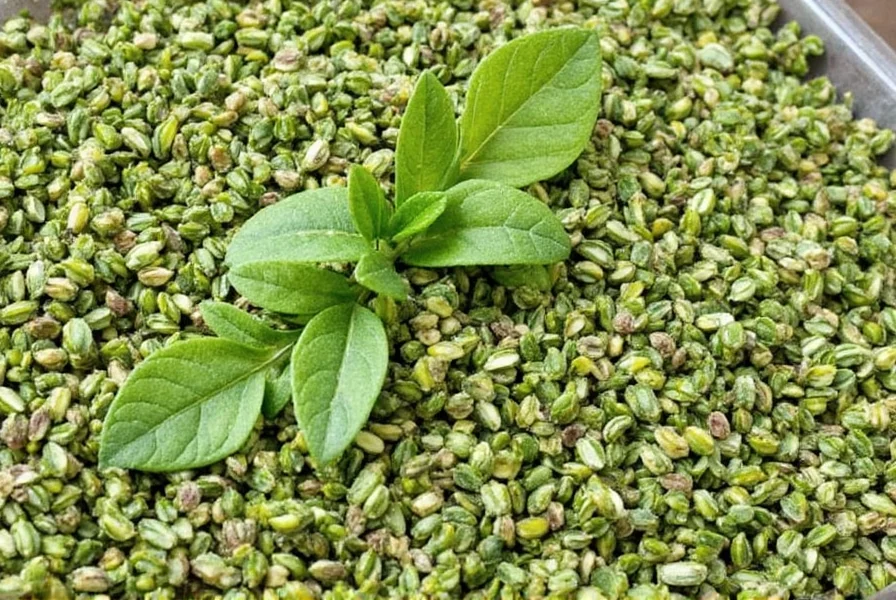

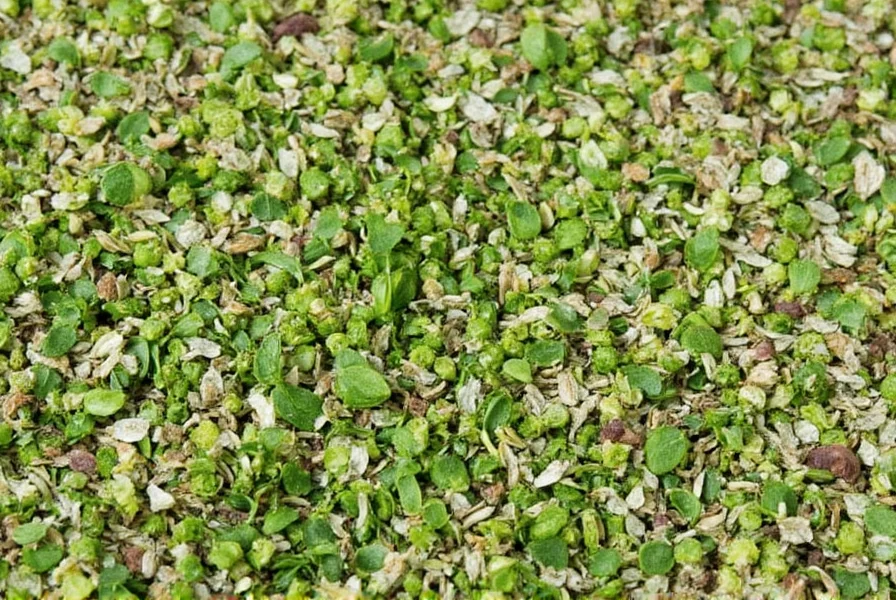









 浙公网安备
33010002000092号
浙公网安备
33010002000092号 浙B2-20120091-4
浙B2-20120091-4